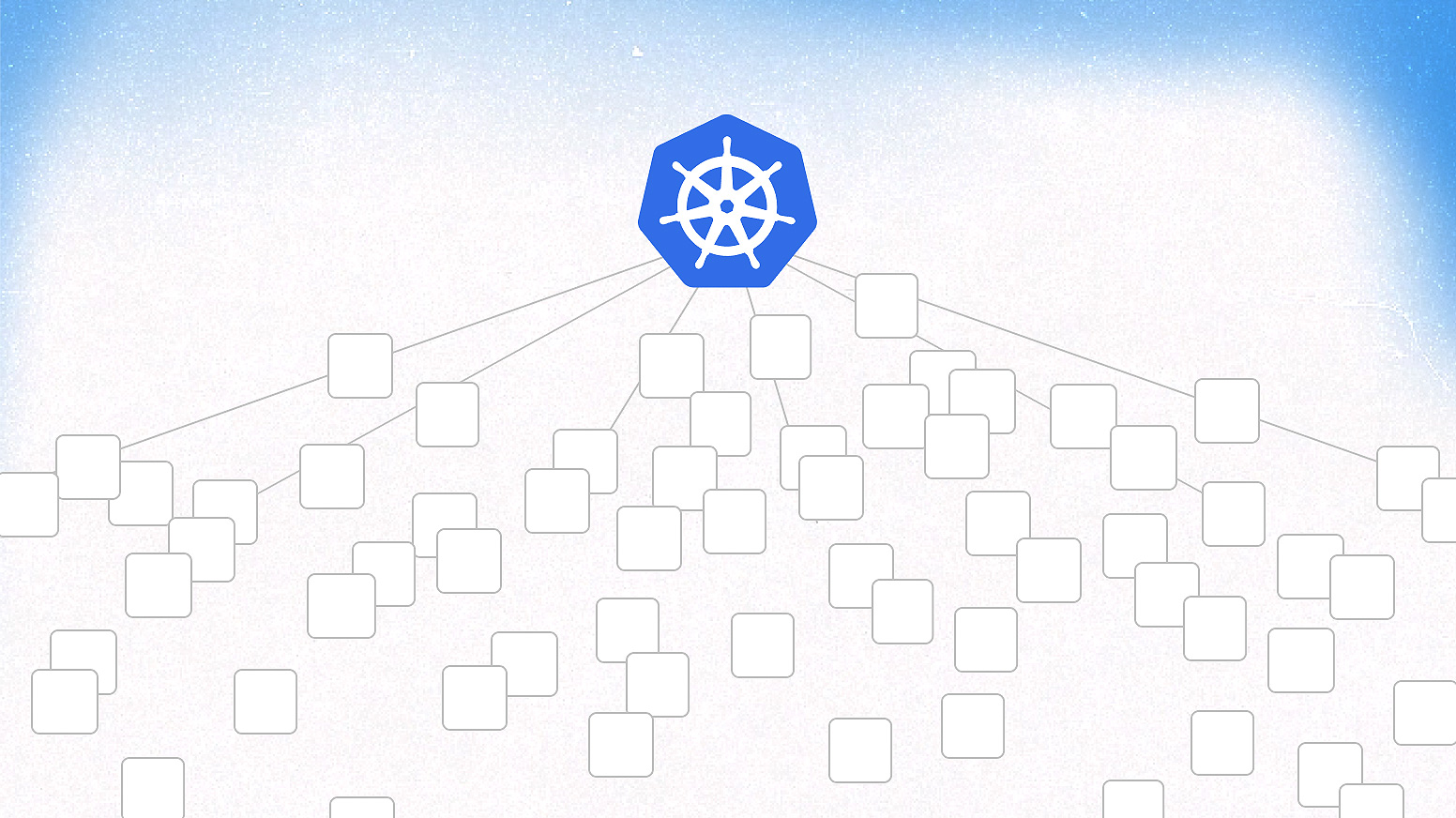Kubernetes Cluster Maintenance
 Ankit Kumar
Ankit Kumar
Upgrading the cluster->
As I am using minikube that is local Kubernetes cluster, so firstly we will upgrade minikube-
1. Upgrade MiniKube binary:
curl -Lo minikube https://storage.googleapis.com/minikube/releases/latest/minikube-linux-amd64
sudo install minikube /usr/local/bin/
Check upgrade-
minikube version
2. Upgrading Kubernetes cluster in minikube->
Starting minikube with desired version- put you desired version
minikube start --kubernetes-version=v1.28.0
Update minikube add-on-
minikube addons list
minikube addons enable <addon-name>
Check node and pod functionality-
kubectl get nodes
kubectl get pods --all-namespaces
Backing-up and restoring data->
While using MiniKube on AWS EC2 instance, is crucial for disaster recovery and maintaining integrity of the application.
1. Back up strategies->
a. Back up of Kubernetes Resources:
Using kubectl to export resources: Exporting the configuration for resource into YAML file
kubectl get all --all-namespaces -o yaml > all-resources-backup.yaml
b. Backup of etcd:
Backup the data directory: etcd stores the state of whole Kubernetes cluster.
sudo ETCDCTL_API=3 etcdctl snapshot save snapshot.db
c. Backing up application data:
If the application is using database(mysql, mongodb etc.), ensure the database is backed-up
Using native database backup tool:
mysqldump -u username -p database_name > backup.sql
Volume Snapshot: For Persistent volume using aws EBS. Run the code and restart the data directory.
aws ec2 create-snapshot --volume-id <volume-id> --description "Volume snapshot"
Restoring Strategies->
a. Restoring Kubernetes Resources: Applying backup YAML to restore the resources.
kubectl apply -f all-resources-backup.yaml
b. Restore etcd with snapshot:
sudo ETCDCTL_API=3 etcdctl snapshot restore snapshot.db --data-dir=/var/lib/etcd
c. Restore application database:
Using database-specific tool for backing up:
mysql -u username -p database_name < backup.sql
Scaling Cluster->
1. Scaling in minikube: Minikube is for local development and testing, so the resources are limited, we can still adjust resources allocated to the minikube VM.
a. scaling CPU, memory in minikube:
minikube stop
minikube start --cpus=<number_of_cpus> --memory=<memory_in_mb>
Example:
minikube start --cpus=4 --memory=8192
b. Add Nodes:
minikube start --nodes=<number_of_nodes> --cpus=2 --memory=4096
c. Horizontal Pod Autoscaling (HPA):
kubectl autoscale deployment <deployment-name> --cpu-percent=50 --min=1 --max=10
check status:
kubectl get hpa
Subscribe to my newsletter
Read articles from Ankit Kumar directly inside your inbox. Subscribe to the newsletter, and don't miss out.
Written by
